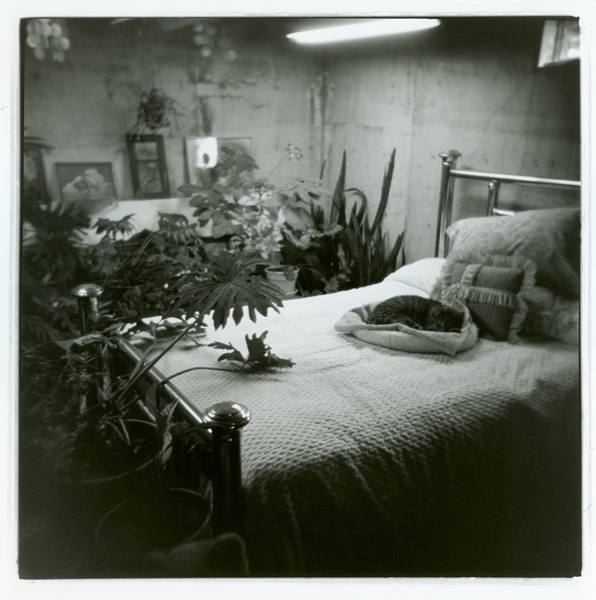Bodhi's in the bed
-
A
- jstraw
- Location
- Topeka, Kansas
- Equipment Used
- Modified Holga
- Exposure
- 1/3 sec @ f-8
- Film & Developer
- HP5+/510-Pyro 1:100
- Paper & Developer
- Ilford MGIII RC/Zone VI 1:3
- Lens Filter
- Split Grade
| Photrio.com contains affiliate links to products. We may receive a commission for purchases made through these links. To read our full affiliate disclosure statement please click Here. |
PHOTRIO PARTNERS EQUALLY FUNDING OUR COMMUNITY:  |







